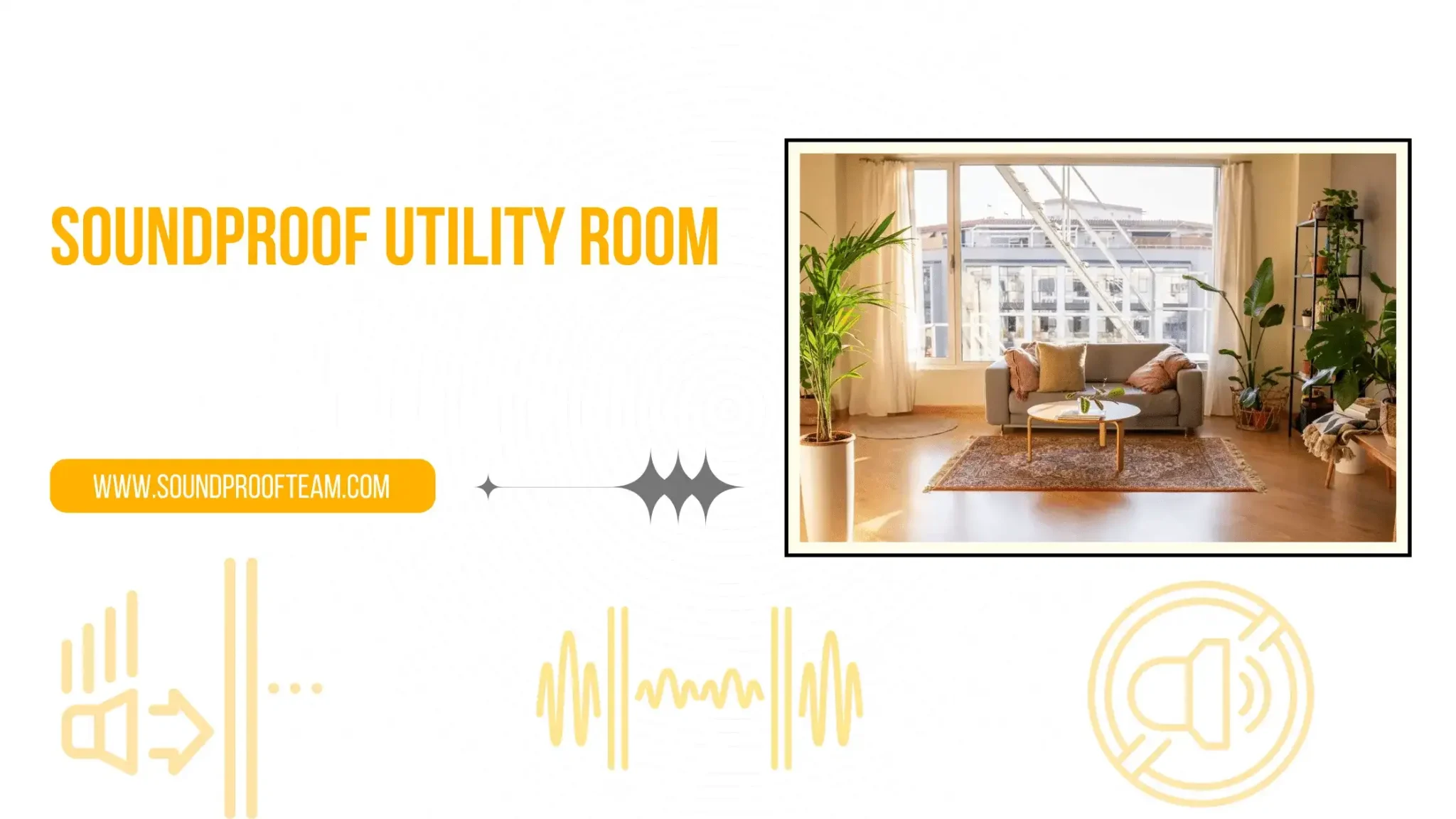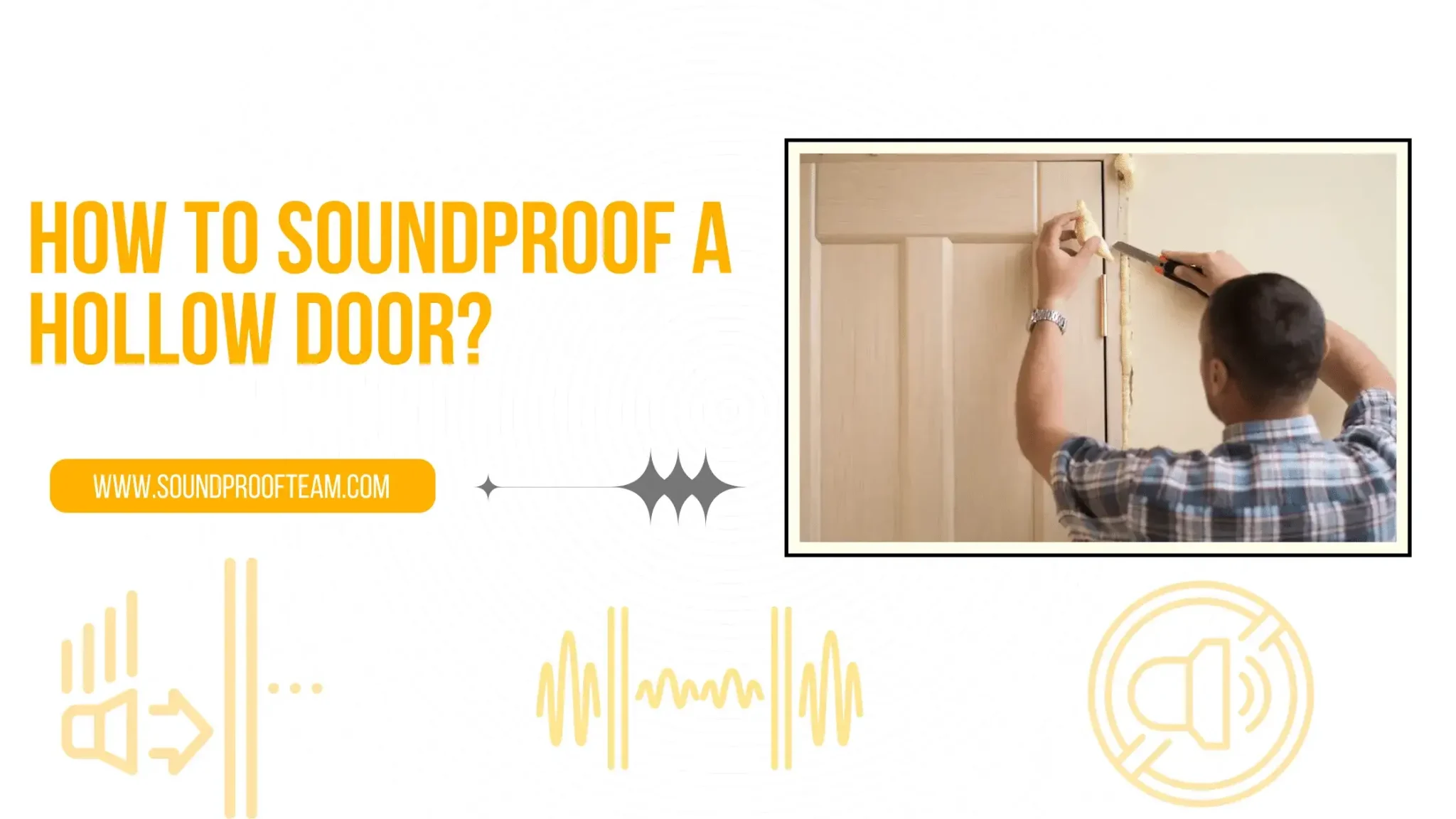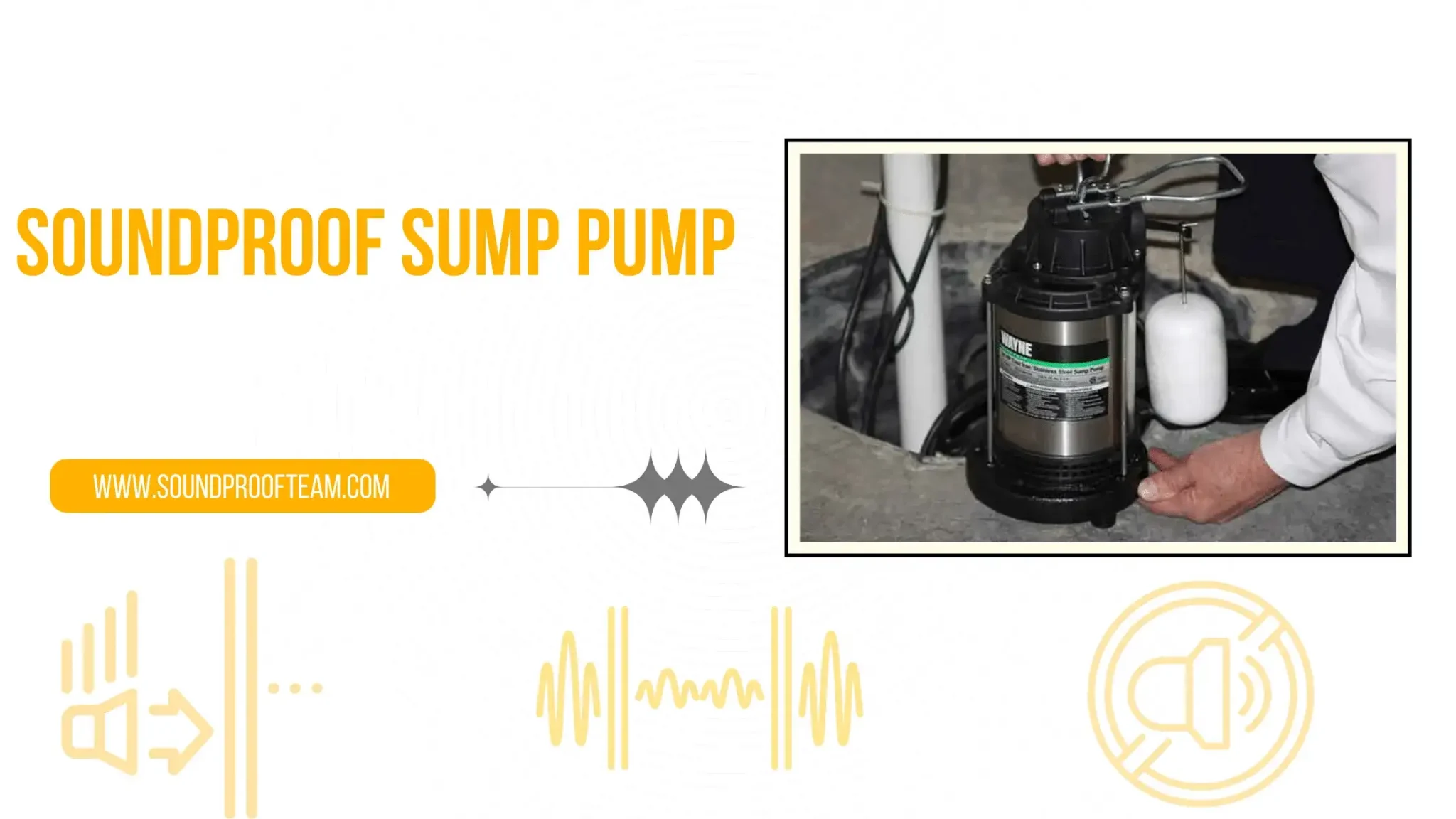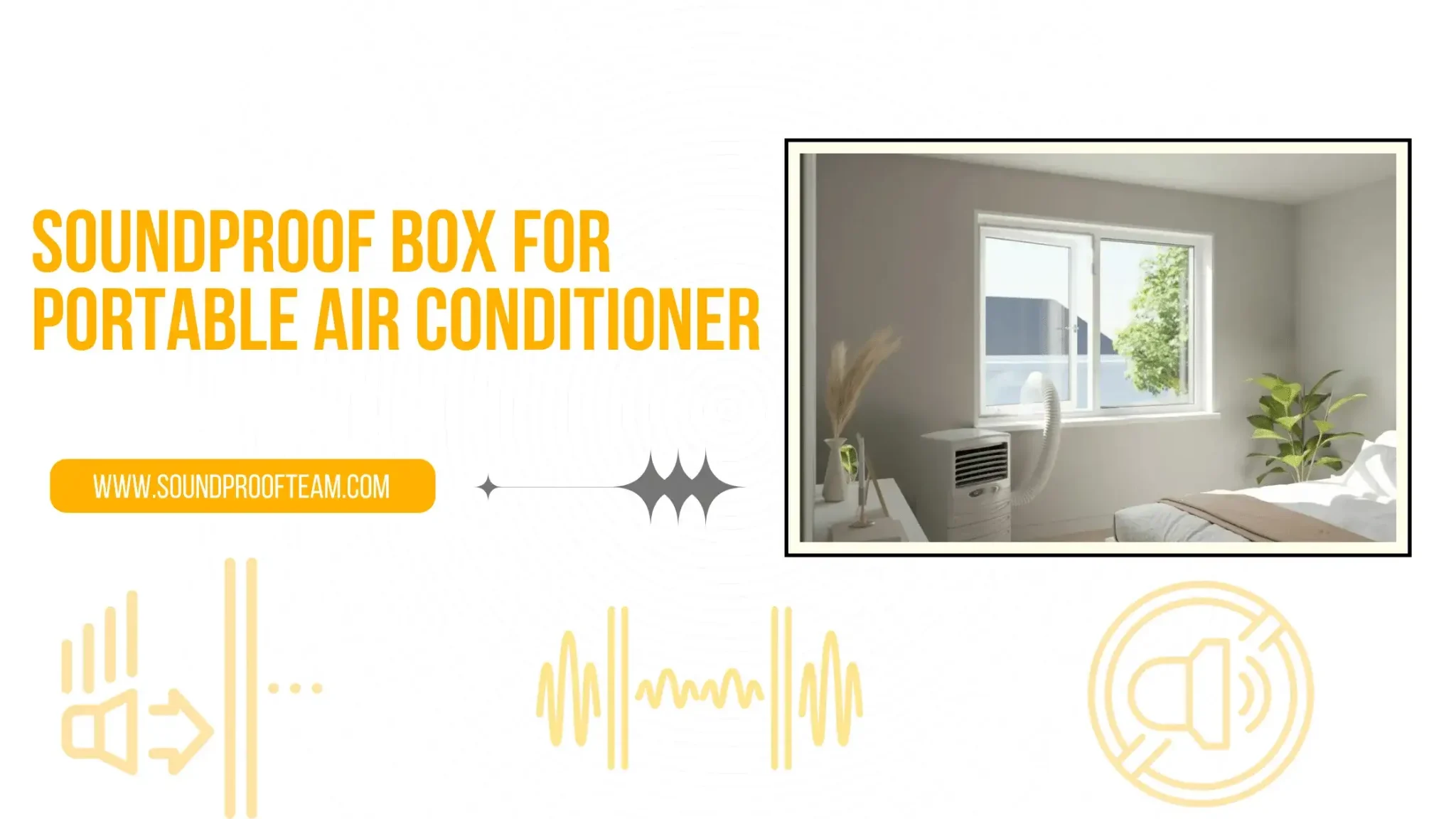Excessive noise coming from any number of sources can be incredibly disruptive to daily life. That’s why soundproofing is such an important part of every household, and projects like soundproofing your closet are key to creating true ‘Zen-like’ tranquility.
Here, we will be discussing the definitive steps on how you can soundproof a closet so that you can easily enjoy the unparalleled relaxation that comes with silence!
With modern homes gravitating toward multi-purpose spaces, the humble closet is no longer just a storage area. It’s increasingly serving as a recording booth, a quiet study zone, or even a personal retreat. However, achieving that sanctuary-like silence requires effective soundproofing. Here’s a detailed guide on how to transform your closet into a serene enclave:
Preliminary Sound Inspection:
The first step in soundproofing a closet is to do a preliminary sound inspection. It’s important to assess the existing noise levels in and around the closet before beginning any soundproofing measures. This will give you an idea of just how much work needs to be done and which parts of the room are particularly vulnerable to noise infiltration.
You can use a basic decibel meter or sound level meter to measure the noise levels and see which areas need additional soundproofing. This will also help you determine whether more extensive soundproofing measures are necessary, such as adding a second layer of insulation or installing acoustic panels in the room.
Knowing your needs ahead of time can save you time and money when it comes to implementing your soundproofing strategy.
Reinforcing The Door:
One of the most important steps in soundproofing a closet is reinforcing the door. This keeps unwanted noise from getting in or out and helps muffle any sounds coming from within.
Upgrade To Solid-Core:
Most closet doors are hollow, making them poor barriers to sound. Replacing them with solid-core doors can dramatically reduce sound transmission.
Weatherstripping:
This technique involves attaching thin strips of material around the door’s edge. It ensures a snug door fit, minimizing gaps where sound can infiltrate.
Install A Door Sweep:
The gap between the door’s bottom and the floor is often overlooked. A door sweep acts as a barrier, preventing sound from sneaking in below.
Wall Interventions:
When soundproofing a closet, wall interventions can be very effective. One of the most important aspects of soundproofing is making sure that there are no gaps or openings in your walls where sound could get out or come in. Walls can transmit vibrations from adjacent rooms or even outside noise.
Mass Loaded Vinyl (MLV):
This soundproofing powerhouse is dense but flexible. When attached to walls, MLV acts as a formidable sound barrier.
Acoustic Panels:
Ideal for closets turned into recording spaces, these panels reduce echo and absorb ambient sound, creating a crisp sound environment inside.
Layer With Drywall:
Adding an additional layer of drywall increases wall density. This added mass makes it harder for sound waves to penetrate.
Addressing The Floor And Ceiling:
To increase the effectiveness of your soundproofing efforts, you need to look at both the floor and ceiling. The floor is often overlooked when it comes to soundproofing but can be a major source of noise transfer.
Acoustic Underlayment:
Particularly beneficial for hardwood or tiled floors, this layer reduces noise from footfalls and vibrations.
Thick Carpets:
These serve dual purposes. They’re aesthetically pleasing and functionally sound-absorbent. Lay down a plush rug, and you’ll immediately notice the difference.
Acoustic Ceiling Tiles:
If your closet is underneath a high-traffic area, consider investing in these tiles. They dampen noise from above, creating a more insulated space below.
Detailing With Sealants:
The tiniest cracks can let in a surprising amount of noise.
Acoustic Caulk:
Unlike standard caulk, this type remains pliable after drying. This elasticity ensures that even as structures settle or shift slightly, the sound seal remains intact.
Consider Ventilation:
If you’re looking for ways to soundproof a closet, ventilation is something to consider. Good airflow can help reduce the echo and reverberation inside the closet, which can interfere with sound quality.
Soundproof Ventilation:
Regular vents can become sound conduits. Opt for specially designed soundproofed vents, or design your vents in such a way that there’s a zigzag or maze-like pathway, making it harder for sound to travel straight through.
In sum, while the process might seem intensive, the rewards of having a soundproofed closet are manifold. Not only does it enhance your living environment’s quality, but it also elevates the utility and value of an often-underestimated space. By attending to the doors, walls, floors, and even the minutiae-like cracks, you can convert your closet into a soundproof sanctuary.
Adopting Multi-Faceted Solutions:
One of the most effective ways to soundproof a closet is by adopting multi-faceted solutions. This involves using several methods and materials in order to maximize sound absorption and reduce noise transmission.
Combination Techniques:
No rule dictates using only one soundproofing technique. For optimal results, combine multiple strategies. For instance, acoustic panels on walls augmented with MLV provide both absorption and sound barrier benefits.
Customization:
Tailor soundproofing interventions based on the closet’s intended use. A recording booth might require more intensive soundproofing than a reading nook.
Conclusion:
Having a soundproofed closet can be great for minimizing noise disruption in your home. Soundproofing closets is something that is feasible and attainable, but it does require some effort on both the front end and back end. It’s important to consider the size of your closet as well as the material you want to use in order to get the best results.
Using thicker materials and multiple layers can help increase sound insulation and keep more sound inside and outside of the closet. No one wants disruptive noise so take action today and create a personal oasis free from disturbance.






